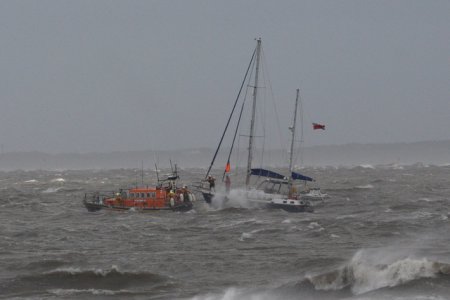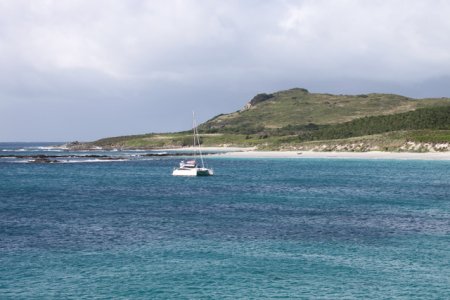B27
Well-Known Member
The rode is only straight is the very simplest case of still water and absolutely constant wind direction.The comment was made in response to the statement in post#10. In a "gale of wind" any (minor) effect chain has on anchor holding has long disappeared. At between 26-30 knots of wind the chain (or rope) is straight and its only function is to keep the boat connected to the anchor. So provided its breaking strain is under the force exerted on the boat (and the holding power of the anchor) the size and material is irrelevant.
And then it takes more than a mere gale to straighten the catenary.



